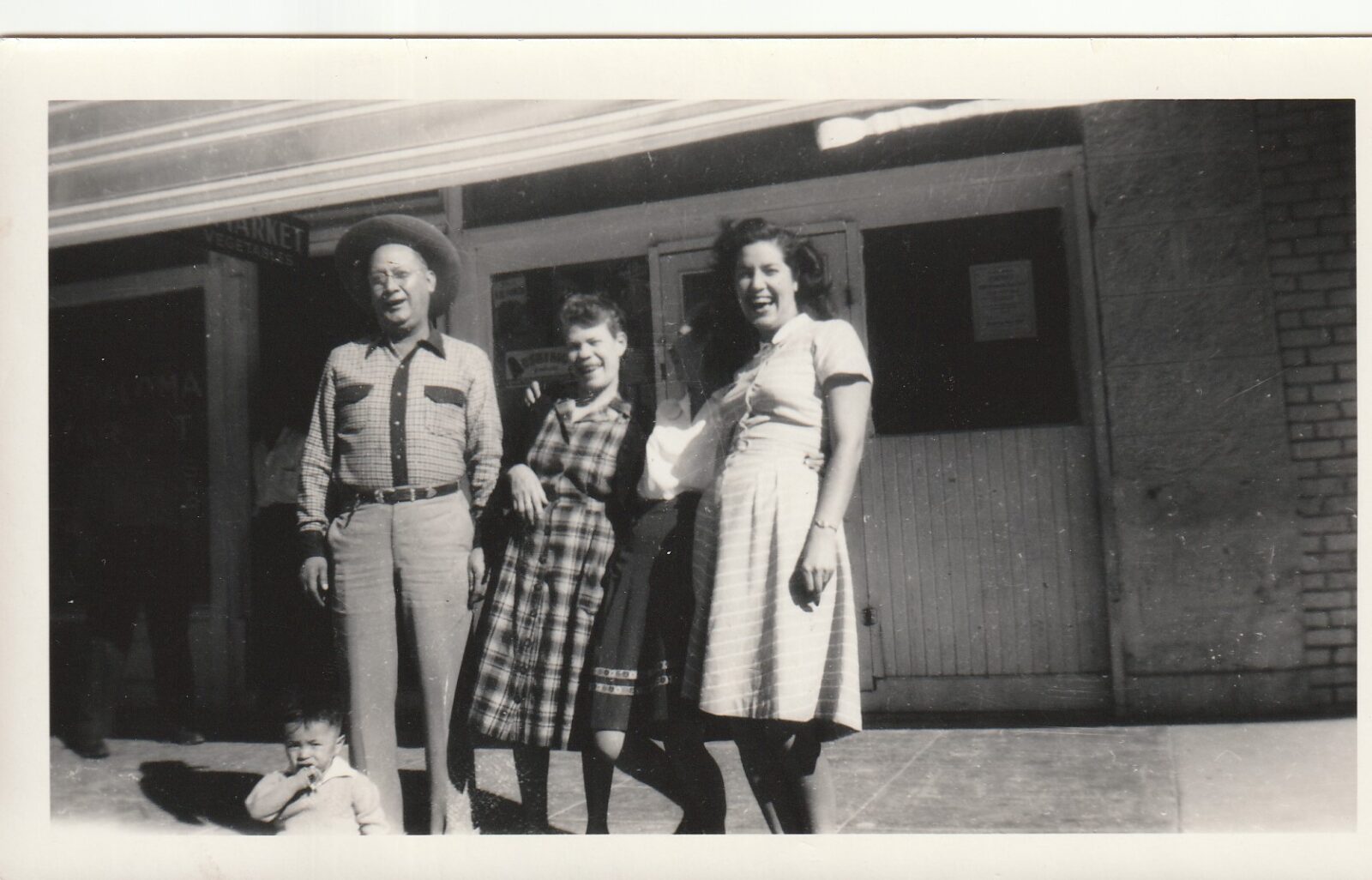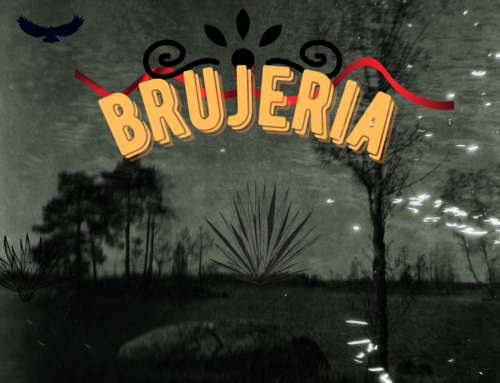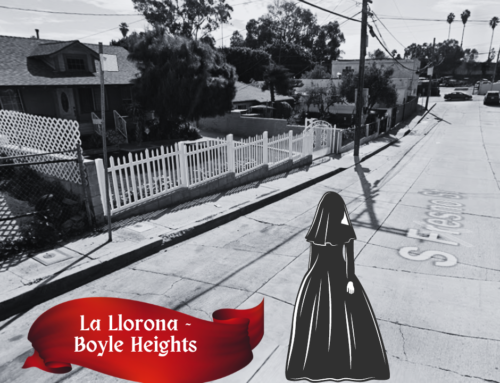My mother and her family lived in Chavez Ravine. It’s the place where Dodger Stadium now sits, just north of downtown Los Angeles.
Before the bulldozers arrived, it was a tight-knit community of mostly working class Mexican American families. The Castaneda’s lived in the Palo Verde neighborhood on Bishops Road in a house my grandfather bought in 1925.
In 1950, the City of Los Angeles shocked my grandmother and her neighbors by sending everyone in Chavez Ravine eviction notices. The city intended to raze their properties and build a low-income housing development.
City agents used high pressure tactics to scare residents into selling, threatening everything from calling the police to force them out to condemning their properties. My grandmother sold her house to the California Housing Authority for less than it was worth.
The rest of the family left, too. Uncles, aunts, cousins.
EVICTION, SHAME & TRAUMA
For a long time, I didn’t understand why my mother didn’t talk much about Chavez Ravine, except to say how everybody knew each other and how wonderful it was to grow up there. I grew up hearing about the neighborhoods–Palo Verde, Bishop, La Loma–but not about the struggle over Chavez Ravine.
And then I began looking into its history. I discovered a shocking story of displacement of a minority community by politicians pursuing an ill-conceived redevelopment plan.
As part of its justification for the plan, city officials designated the entire place “blighted.” At various times Chavez Ravine was called a “crime ridden health trap” and a place full of “immigrant slum dwellers.”
Ouch. That’s when I finally understood why my mother didn’t talk about what happened. Shame.
To call the Castaneda’s a proud family is an understatement. It had to hurt to hear that sort of talk about the place they once called home. And there was no way these folks would ever be convinced to move into public housing where they could rent an apartment, not after owning homes with porches and yards surrounded by wide open spaces.
The housing project never happened.
In the winter of 1951, dealing with anti-public housing sentiment (creeping socialism!), the city council voted to cancel its contract with the housing authority.
Lots of complicated things happened between that point and 1959 when the city used the power of eminent domain to clear the last of the holdout families from Chavez Ravine.
THE AFTERMATH
My mother was 25 when she was forced to leave Chavez Ravine.
Today, we’d say something like: “she never processed the trauma of the eviction.”
I believe she buried that socially unacceptable rage and carried it with her.
As a kid, I had no idea what all the screaming and crying was about. Just that many inconsequential things seemed to trigger it. As an only child, I was often on the receiving end of her aggression. Going away to college pushed her over the edge. She didn’t speak to me, for years. I was called a traitor. For leaving her.
As an adult, struggling to understand, I began researching her behaviors. And there it was. Ataque de nervios, a Latinx culture-bound syndrome summed up in the DSM Library that stems from the feeling of losing control and from the accumulated experience of suffering. Bingo.
My mother died in 1998 after a long battle with Alzheimer’s. In the early days of her disease, she finally opened up about Chavez Ravine and was willing to answer my questions. (Okay, not all of them, but that’s another post.)
So, what have I done with all of that? Along with the few photos of Chavez Ravine I inherited, and the bits and pieces of stories I’ve been told about the place? Make up my own stories. With fictional characters set in a real place at time of great upheaval.
One involves an alien visitation: Another Plan for Chavez Ravine. The other is The Bride of Bishop, a romance with a dark ending.
I’m currently at work on a supernatural novella about Chavez Ravine.
Comments are welcome!






Leave A Comment